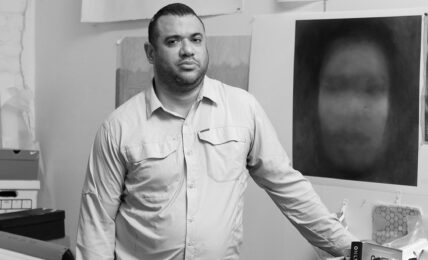The digital world isn’t immune from the societal hierarchies and discrimination we experience in the real world—we often see those fears and anxieties heightened through the veil of digital platforms. When we published FEELS LIKE SPAM (2015) seven years ago, we knew Keaton Fox was resurfacing a millenia-old problem carried into the digital sphere: over policing the expression of women to the detriment of those women. We’re excited to bring back the piece to a new audience and weary of its continued relevance.
:::
Digital America: How have you changed as an artist since we featured you in Issue 6 and 7 (2016)? How has the pandemic affected your art?
Keaton Fox: It has been six years since the last feature. It feels like everything has changed, but that isn’t true. The core parts of myself and my work persist, and that six year gap has made it much easier to identify why I make what I make. Namely, because I can’t not create. I tried, but I failed. And it is that process of failing that has led me to be more comfortable and kinder with my artistic practice. It’s led to less focus on what others consider successful and has forced myself to look inward for approval—a gift that has changed my life entirely.
I was in graduate school for most of the pandemic, which ended up being both a blessing and a curse. A blessing in that it offered a convincing sense of purpose at a time when purpose was questioned daily. A curse in that my entire graduate experience was through a pandemic filter. Almost everything was virtual, the hallways were deserted, and the opportunities non-existent. All the things that colleagues, friends, and mentors had said were the most significant parts of graduate school—the bonding, the parties, the camaraderie, the adventures—were not to be found. But that time offered something unique, as all tragedies do. The folks in my cohort (there were nine) and the folks the year above me (there were ten) engaged in the most peculiar type of connection. Ultimately, it felt like we all showed up for one another more than we would have otherwise. And that experience is something I will never forget.
The pandemic affected my art in innumerable ways.
One of the most profound of which was the way it shifted my focus from specifically art and tech related topics to a more general pivot towards unpacking the aesthetics of manipulation shaping that particular moment in time. There was a common thread of invisibility that was present. From a nearly invisible virus to the elusive structures of systemic racism to the gaslighting by government officials to the deceptive tactics used by narcissists to the invisible nature of chronic illness…and everything in between. This prompted much research into the power of manipulation, which ultimately led to a more comprehensive understanding of the power of the unseen. Because if you can’t point to the problem, it makes it much more difficult to see and thus to challenge. This realization led to a desire to use my practice as a means to reveal these processes with color, motion, gesture, and juxtapositions.
DA: Looking back on FEELS LIKE SPAM, what are your thoughts? If you made the work today, what would change?
KF: SPAM is such a strange and special piece within my body of work. Its simplicity is what I continue to love about it. And the accessible nature of the work. Because anyone can approach this piece. There have been children who have seen the piece and love it because it is ‘icky’ and ‘gross’. There have been adults who remember this work more than any other because the sound of spam between fingers has stuck with them over time. It has been fascinating to see the rise of ASMR since this piece was made, and the collective interest in videos that follow this trend. The best part of this work, however, is in the moments of shared experience. This work has led to multiple conversations with others who have felt the same feelings that prompted the piece—a frustration with the limitations that technology puts on expression. Whether it be lack of pronouns, censored photos, or simply a limiting word count —that shared disappointment and the vocalization of it has brought about a unique sense of community with creative ideas for a more accessible future. And those conversations are what make it all worthwhile.
If I made the work today, it wouldn’t be the same work. It’s not my favorite piece, but it is a perfect snapshot of a pure sentiment from that specific time in technologic history. This video allowed me to get my frustration out of my body and into the internet. It has led me to where I am now and I wouldn’t change a thing.
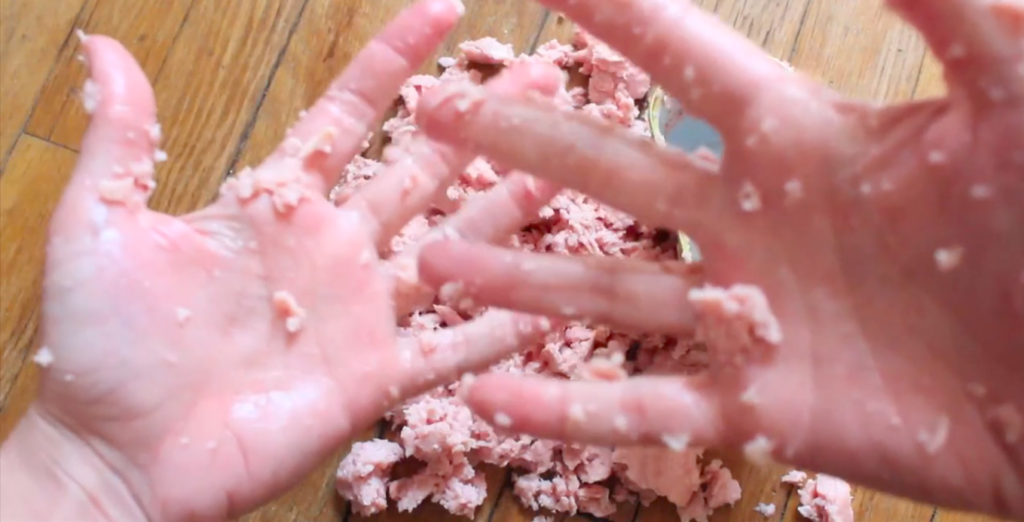
DA: Looking back on Ego Libido, what are your thoughts? If you made the work today, what would change?
KF: I look back on Ego Libido with kindness, awe, and distance. I look back and am proud of the younger version of myself that was creating art for art’s sake. Letting my curiosity lead me into new ways of thinking, and not being afraid to document the process. I had just graduated undergrad and was living with my parents, working two internships, also nannying full time and trying to ‘make it’ in the art world…amidst all the confusion and instability that comes with the mid 20’s, I found myself through this work.
This series brought about multiple revelations relating to the interconnectedness of ego, tech, and reflection – revelations which I hope to publish someday in printed form. But for now, they live within me and within those that dare to go through the series in its entirety.
The Ego Libido series was an experiment in trusting my own research and methodologies. The confidence I had in my own iterations of discovery makes me want to cry. Similarly to SPAM, I wouldn’t change a thing.
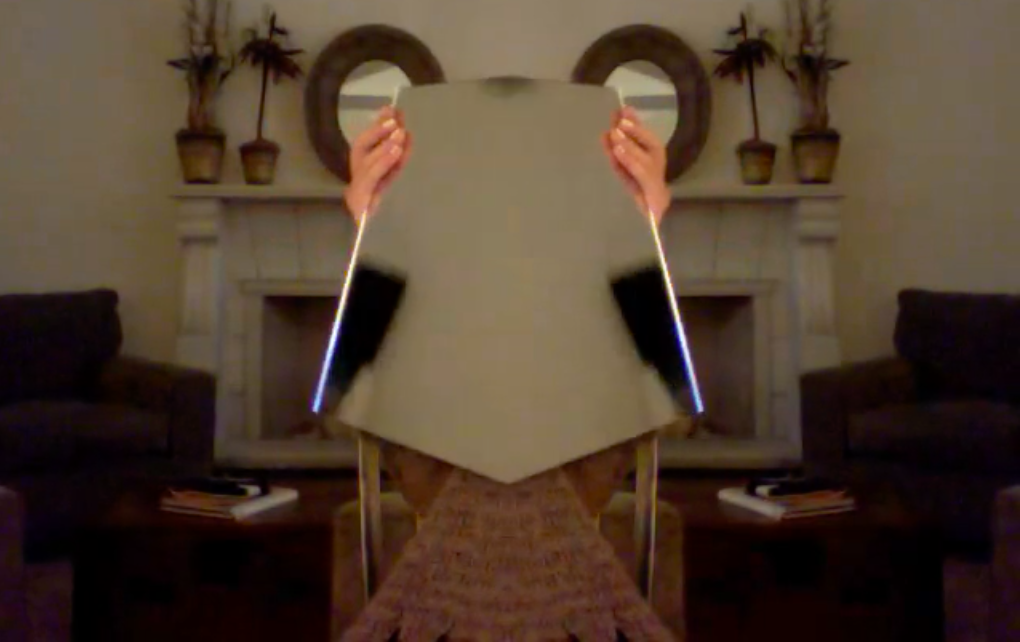
DA: What are you working on currently?
KF: Many things, always. But the most exciting and newest development is a series of motion studies relating to movement in nature.
I have been filming water haphazardly for the last 10 years and am now using this footage to create long, slow moving image works that focus on and visualize the messiness, beauty, and complexity of in-between states that are made visible through nature.
In one sense, the works are inspired by my collaborations with painter and friend Renee Silva (www.reneesilva.com). Combining our practices of still and moving images (@feverdreamscapes) has led to questions surrounding movement as a whole. What is still, what is moving, and what lies in between? I have also been deeply interested in the phenomenon of slow tv and what it means to sit with moving images for hours at a time. Another inspiration that appeared during the thick of the pandemic, when time felt especially slow.
The Motion Studies series is currently focused on the movement of water because it feels necessary (for so many reasons) to return to the stunningness that is the vision of waves in motion. Simple, yet loaded, the works abstract the movements of this familiar rhythm into Rorschach-like blurs of color and pixels, creating a visual with a million metaphors that anyone can project onto. Lasting anywhere between 20-45 minutes, these videos are composed of hundreds of thousands of still images. These are pieces that are meant to be lived with and are never meant to be understood in their entirety. The idea of living with a moving image artwork deeply excites me, as I can only imagine the variety of ways the viewer will perceive the images over time. There is also a poetic impossibility in never being able to see the image as a whole – a reference to the previously mentioned theme of the unseen.
The most liberating part of this new series is that I don’t have to come up with the colors, as that has never been my expertise. I get to pull colors from the videos of natural settings and thus get to collaborate with nature, herself. This nature/human/tech combination is a continuation of my standard practice however I am now taking more of my cues from nature and less from technology and the results are endlessly intoxicating and representative of the times.
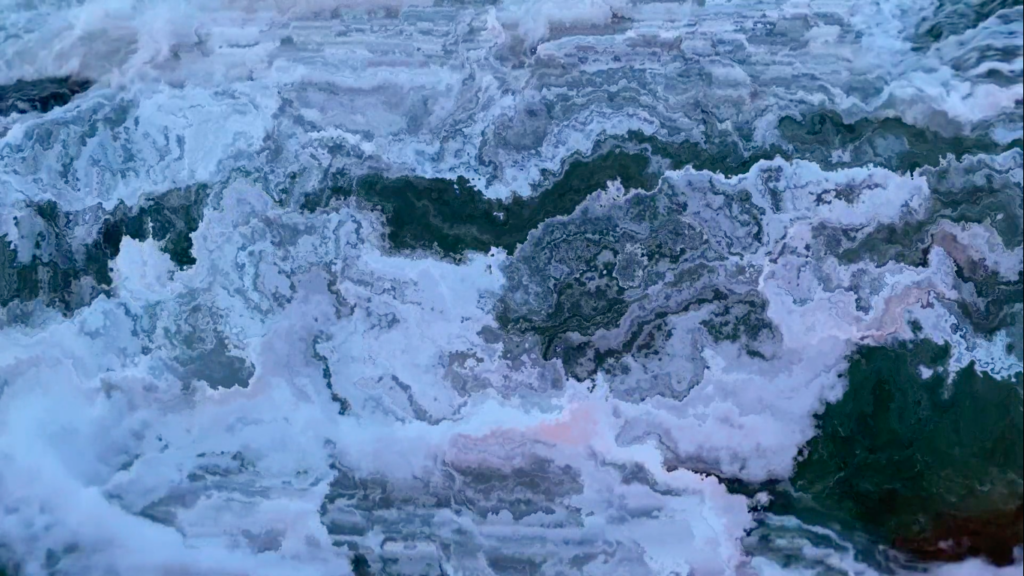
DA: You have some teaching experience, most recently at the University of Chicago. How does teaching inform your artistic practice, and vice versa?
KF: Profoundly.
I have the utmost respect for anyone who enters a creative classroom because it requires vulnerability. Failure is inherent to learning and teaching (good teaching, that is) requires vulnerability on the part of both the teacher and the student. It is widely known that students teach their professors nearly as much as the professors teach their students, yet only few educators will build on that kind of openness in the classroom for fear of losing respect.
Having taught children, teenagers, young adults, and retirees, I have gained an eclectic understanding of what works in my classrooms and what doesn’t. These do’s and don’ts often translate seamlessly into my personal practice, as well. Because I am ever-curious and always want to learn new things, this makes me a forever student. This forces me to treat myself the way I would treat my students, and often results in me being more accepting and more experimental in my own work.
The classroom is a space that can create artists or extinguish them. After having grown up in academic and other settings that continually valued criticism over support, I now make it my personal mission to use the latter over the former. It is through supporting trial and error without judgment that I have learned to connect more with my students and more with myself.
:::
Check out Keaton Fox’s piece, The Motion Studies, and revisit FEELS LIKE SPAM from Issue 7.
:::
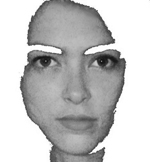
Keaton Fox is an artist from Florida.
Her works reflect and distort the varied realities of our time. Fox generates her uncanny reflections as a means to shift modern perceptions, collaging familiar and peculiar imagery into portals that offer new ways of seeing. While the pieces differ in medium, theme, and tone, they consistently invite the viewer to challenge the aesthetics shaping the fever dream that is 21st century life.
Her award-winning works have been exhibited in galleries, museums, and festivals, locally and internationally, since 2011. She is based in Chicago, IL and Miami, FL.


